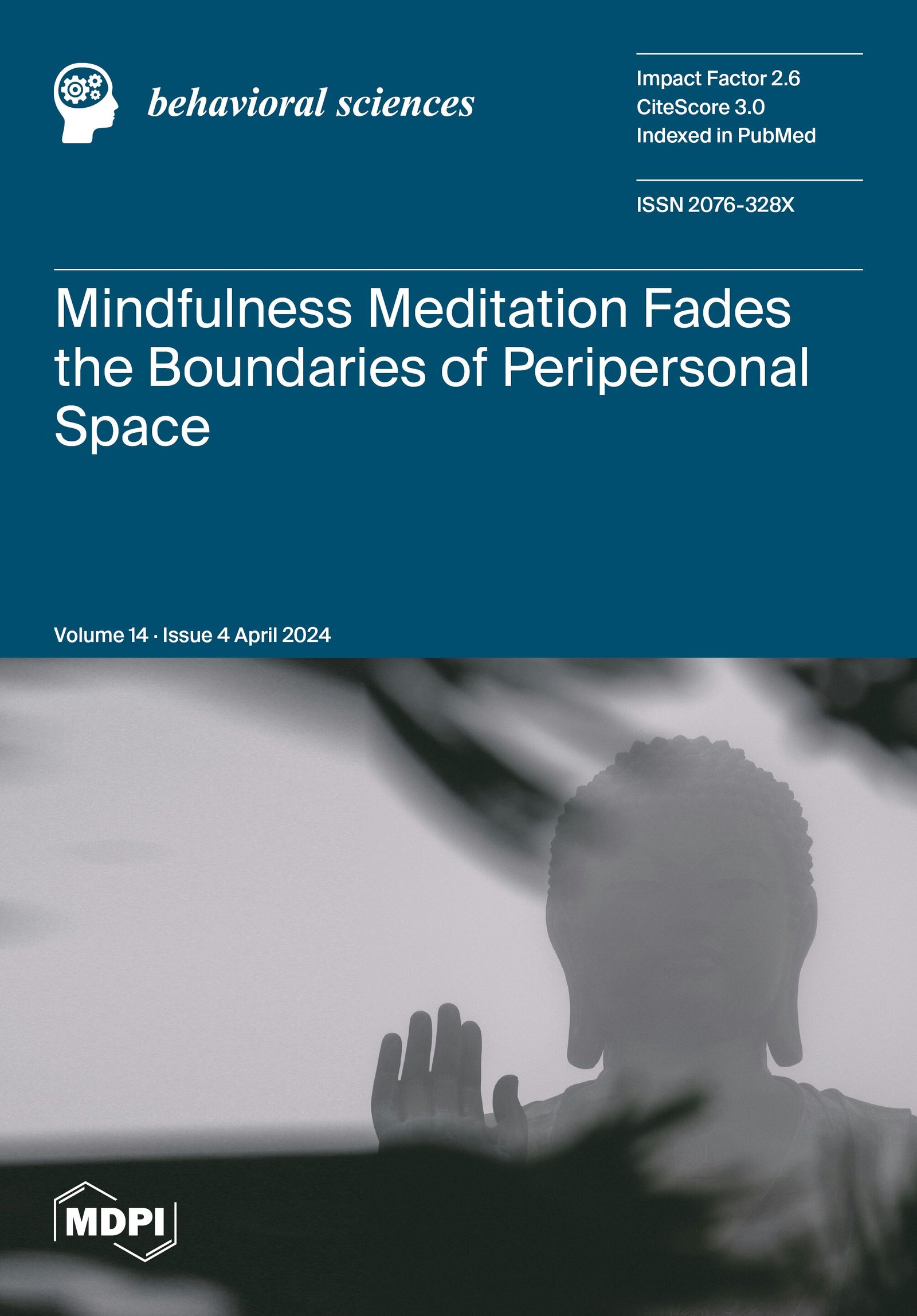
credit: Behavioral Science
An experimental study with non-meditating participants found that a 15-minute intensive meditation session blurred the boundaries between self and environment, consistent with the sense of disappearing bodily boundaries reported by meditators.
Some practitioners report feeling the boundaries of their body disappear during meditation, and when asked about the root cause of this experience, they say it is due to a sense of letting go of the need to protect themselves and feeling more connected to the world around them.
This concerns peripersonal space (PPS), a dynamic multisensory representation of the space around the body that is influenced by internal and external sensory information. The flexibility of PPS boundaries, evidenced by their widening after tool use and adjustments through social interactions, positions PPS as a key element in understanding the subjective experience of self and others.
Building on existing literature highlighting both the cognitive and physical effects of mindfulness meditation, Luca Simione and colleagues hypothesize that the boundaries between self and environment become blurred, in line with empirical reports from meditators, and propose a new approach to the subject through an experimental study of the effects of meditation on PPS vividness in non-meditators.
The article, “Mindfulness Affects the Boundaries of Bodily Self-Representation: The Effects of Focused Attention Meditation on the Blurred Boundaries of Peripheral Space,” was published as a cover story in the journal Behavioral Science In April, the authors explain that the study involved 26 non-meditating participants taking part in a 15-minute meditation session to assess their PPS in terms of both the extent and the sharpness of their boundaries.
During the experiment, participants were prompted to follow a pre-recorded audio prompt to stay aware of the sensation of breathing and to let go of distracting thoughts and mental content. This type of meditation technique is known as focused attention meditation (FAM). At the end of the meditation session, participants were asked to rate how successful they felt they were in performing the FAM technique of breathing, responding on a Likert scale from 1 to 5.
The results showed that the FAM sessions modified the representation of PPS in the non-meditators group. Specifically, it was observed that FAM reduced the boundaries of PPS. This finding, supported by the BIAL Foundation, is consistent with the reports of meditators and supports that the phenomenal experience of a reduced separation between the self and the external world may be involved in adjusting the representation of PPS.
Luca Simione, researcher at the Institute of Cognitive Sciences and Technologies (Italy), emphasizes that the experimental study “provides important insights into the core mechanisms underlying the effects of mindfulness meditation on psychological well-being and social cognition, which may resonate with the Buddhist concept of non-self.”
For more information:
Salvatore Gaetano Chiarella et al. “Mindfulness Affects the Boundaries of Bodily Self-Presentation: The Effect of Focused Attention Meditation on the Diminishment of Peripheral Space Boundaries” Behavioral Science (2024). DOI: 10.3390/bs14040306
Courtesy of BIAL Foundation
Quote: Researchers measure when body boundaries appear to disappear during focused attention meditation (June 26, 2024) Retrieved June 26, 2024 from https://medicalxpress.com/news/2024-06-boundaries-body-focused-attention-meditation.html
This document is subject to copyright. It may not be reproduced without written permission, except for fair dealing for the purposes of personal study or research. The content is provided for informational purposes only.

